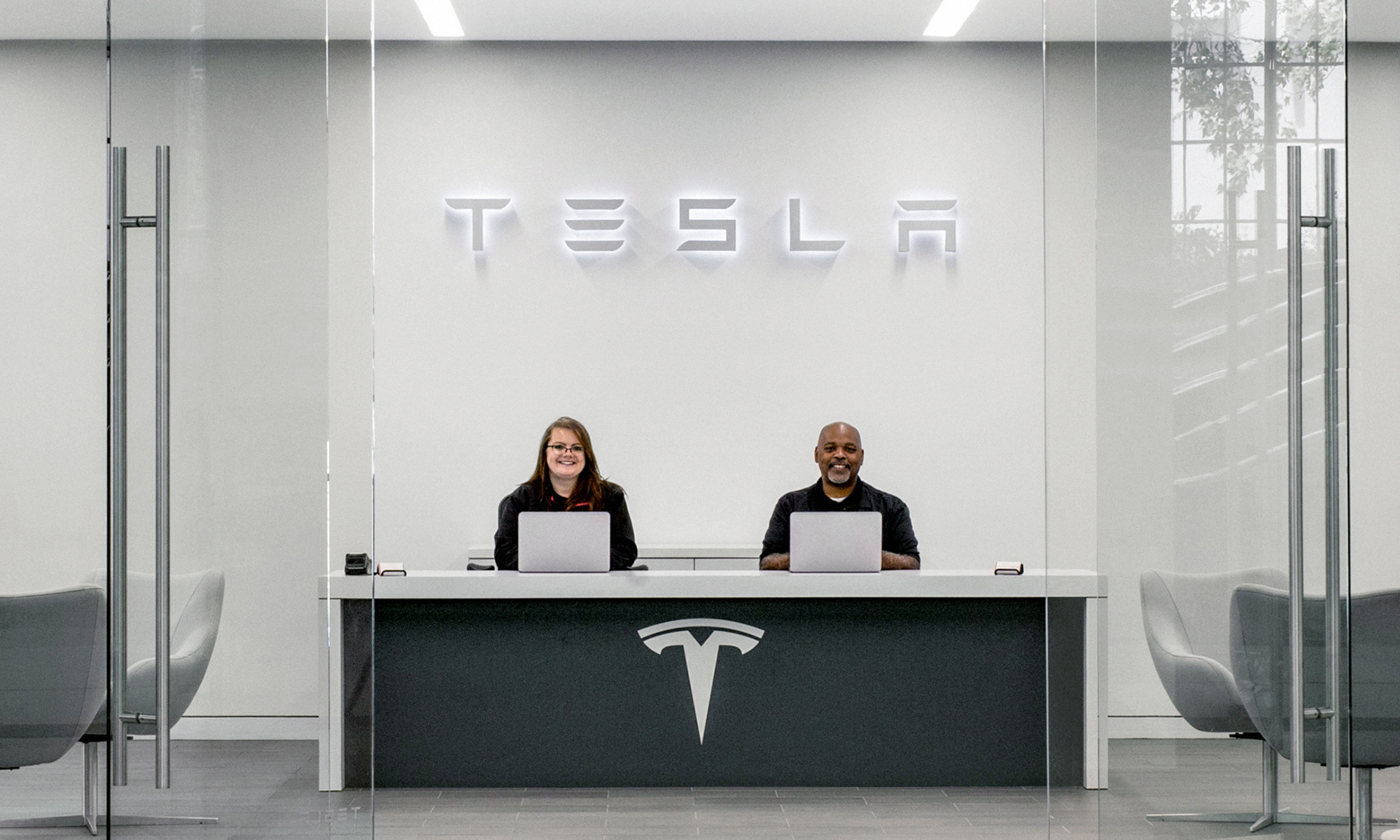Many goods in life are, let's face it, inessential to our survival. We can live without smartphones, web search engines, and $5 cups of designer coffee. One thing we can't lack for long, however, is water. Because of this, every municipality, every business, every residence needs the infrastructure to supply and manage it. With that kind of demand, it's theoretically a very strong business in which to be involved.

Image sourece: Forterra
Let's test that theory on a company that will make its debut on the stock market later this week: water infrastructure specialist Forterra.
Water, water, everywhere
Forterra is essentially a collection of assets brought together by a company that will remain its majority owner after the IPO: private equity concern Lone Star Funds.
Together, those assets give Forterra a wide variety of products that cover a range of water infrastructure and related needs. These range from traditional goods like drainage pipes and culverts to modern eco-friendly solutions like biofiltration drainage systems.
The manufacture of those products is spread across 96 factories in the U.S. and Canada, and falls into one of two business segments -- the similar-sounding drainage pipe and precast products, and water transmission pipe and products. Sales in the two categories are roughly equal; if broken down by end-user type, 40% of sales are residential, 26% are non-residential, and 34% consist of infrastructure projects.
Since Forterra in its current shape is a relatively new corporate construct (thanks to that acquisition activity), it has a very short financial history. For the first six months of this year, it booked $640 million in net sales, and net income of almost $33 million.
In the preceding six-month period, however, the picture was different -- $723 million in top line, with a net loss of almost $83 million. Its debt is considerable: as of this past June, total borrowings stood at over $1.45 billion. Those acquisitions, after all, had to be paid for.
In the company's prospectus, it says that it will use the bulk of the anticipated $340 million or so in IPO proceeds to pay down debt. So at least some of that indebtedness will be retired.
This Fool's take
Forterra is aiming to leverage economies of scale in its business. In the prospectus, the company wrote that it believes it's the largest producer of drainage and water transmission pipe goods.
That sounds about right. In the publicly traded sphere, at least, there doesn't seem to be a matching corporate profile. Mexico-based Cemex (CX +0.09%) has a line of concrete water infrastructure products like pipes and culverts, but that's an offshoot of its core business. Cemex is, essentially, a producer of concrete and related building materials.
CRH (CRH +0.00%), similarly to Cemex, produces certain goods that can be seen as competitive to Forterra. But although CRH has a wider global reach, it's also much more diversified than the stock market newcomer. In other words, CRH is a construction materials generalist, while Forterra is a specialty manufacturer.
In terms of its main specialty, Forterra quotes independent research that estimates the water and wastewater pipe market, which stood at around $12.5 billion in 2013, will grow to over $18 billion in 2018.
That's entirely believable. Both residential and non-residential construction are on the rise, and at the end of last year the federal government authorized $305 billion in spending on transportation-related infrastructure -- such as the drainage systems that keep excess water off our roads -- from 2016 to 2020.
Those factors make the company's stock appealing, but I'm not sure if I'd rush out to scoop up shares. In its present form, Forterra simply doesn't have enough history to gauge how well its business model is working, although the portfolio is impressive. Its predecessor company isn't compatible enough to ascertain this either, and its results were erratic anyway.
Also, that high level of indebtedness is a concern. Servicing the borrowings it has on its books will cost Forterra over $73 million this year, a figure that should rise to around $112 million in 2017 and stay at that level until at least 2020.
Those are big numbers compared to the company's top line. And this is a business engaged in manufacturing, which is typically a capital-intensive, low-margin activity to begin with.
Forterra is a unique company that seems to have very good potential, but for me it's not a buy fresh out of the starting gate. It's worth keeping an eye on going forward, though, particularly given its sector's growth prospects.
The details
Forterra is selling 18.42 million shares of its stock; it has set a price range of $19 to $21 per share for the IPO. The stock will list on the Nasdaq under the ticker symbol FRTA, and it is slated to begin trading this Thursday, Oct. 20.
The joint book-running managers of the issue are Goldman Sachs, Citigroup, Credit Suisse, Barclays, Deutsche Bank Securities, and Royal Bank of Canada's RBC Capital Markets.






